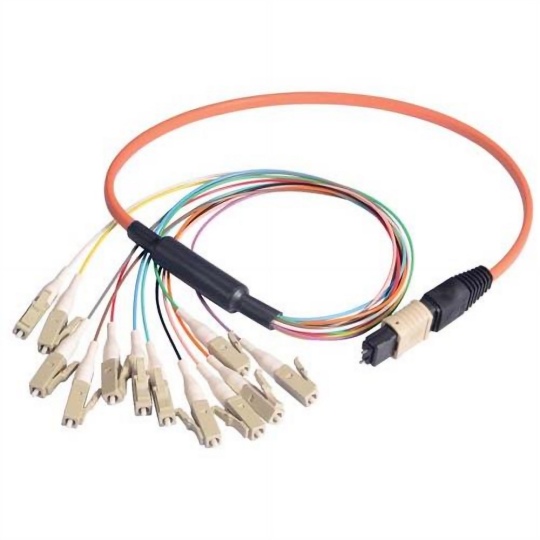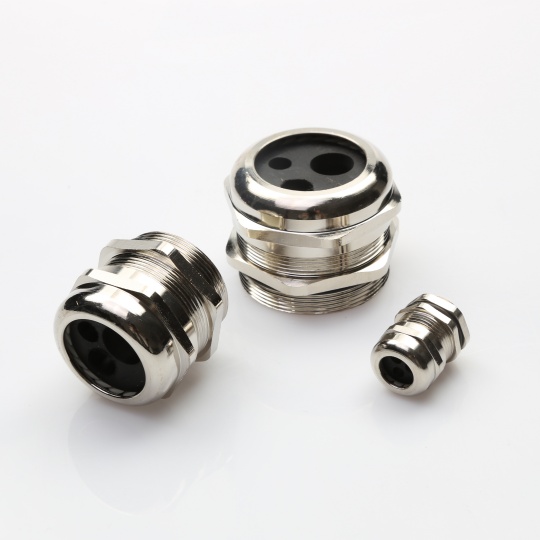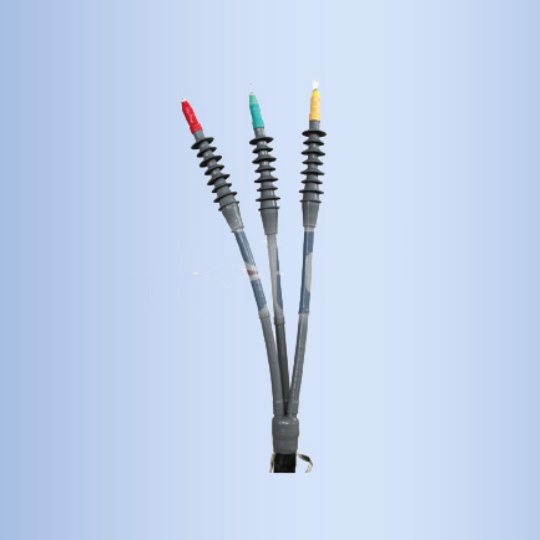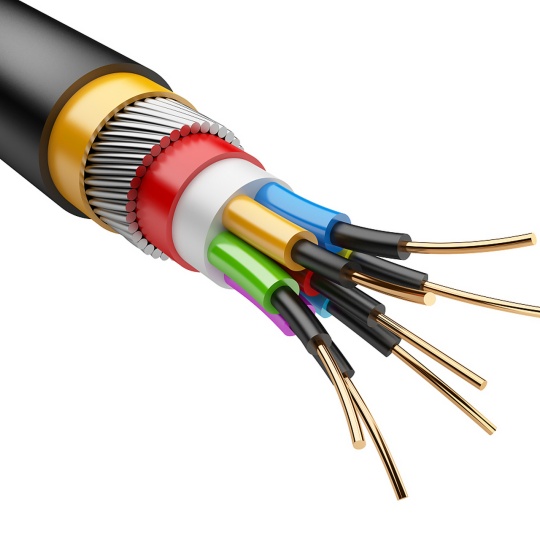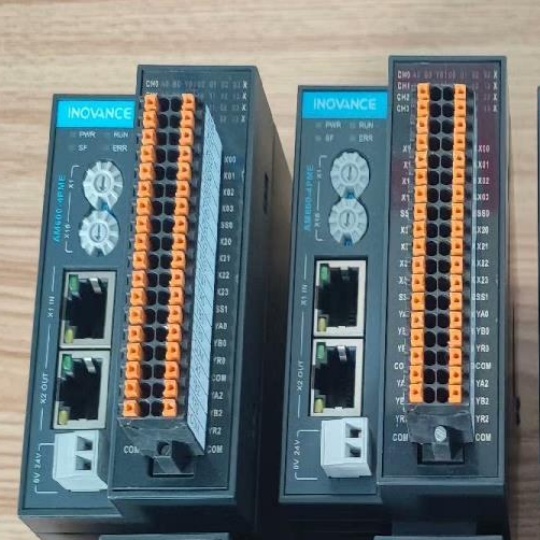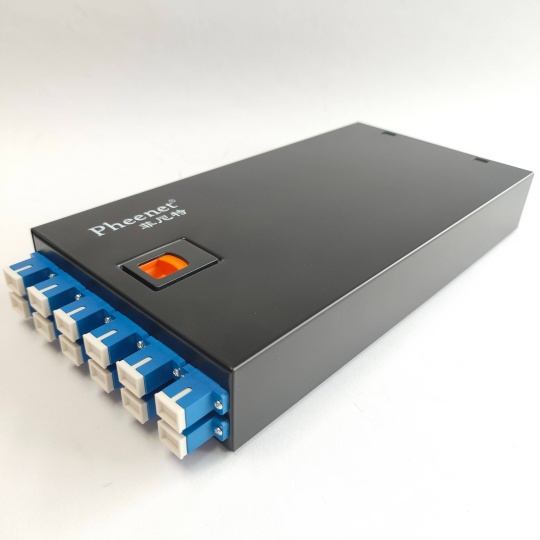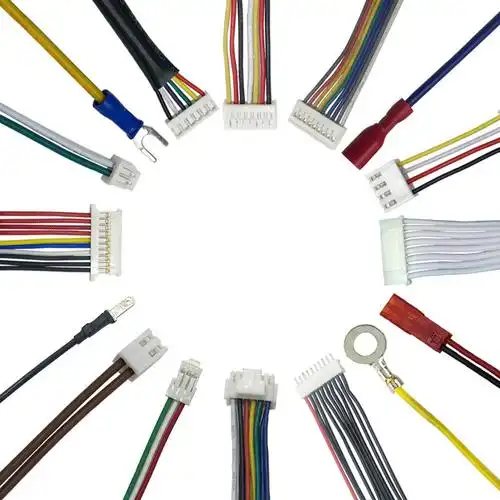Industries Requiring Washdown-Ready Cable Assemblies
In industries where equipment faces frequent exposure to water, chemicals, or rigorous cleaning processes, washdown-ready cable assemblies are critical for ensuring reliability, safety, and compliance. These specialized cables are designed to withstand high-pressure sprays, extreme temperatures, and corrosive environments. Below, we explore the key industries that depend on these robust solutions and why they’re essential.
1. Food & Beverage Processing
The food and beverage industry requires strict hygiene standards. Equipment like mixers, conveyors, and packaging machines undergo daily high-pressure washdowns to eliminate contaminants. Washdown-ready cables with IP69K ratings resist water ingress, steam, and cleaning agents while preventing bacterial growth. Non-toxic, FDA-compliant materials ensure safety in direct contact with consumables.
2. Pharmaceutical & Biotechnology
Pharmaceutical manufacturing demands sterile environments. Machinery used in drug production, lab equipment, and cleanrooms must endure frequent sanitization with harsh chemicals. Corrosion-resistant washdown cable assemblies maintain signal integrity and power delivery even after repeated exposure to disinfectants like hydrogen peroxide or chlorine-based solutions.
3. Chemical & Petrochemical
In chemical plants, cables are exposed to corrosive substances, oils, and extreme temperatures. Washdown-ready assemblies with chemical-resistant jackets (e.g., TPE or PUR) ensure longevity in pipelines, reactors, and storage tanks. Their sealed connectors prevent hazardous leaks, critical for safety in explosive atmospheres (ATEX/IECEx compliance).
4. Water & Wastewater Treatment
Water treatment facilities rely on pumps, sensors, and control systems operating in wet, chlorinated, or acidic environments. Submersible cables and UV-resistant assemblies withstand constant moisture, UV exposure, and abrasive cleaning, ensuring uninterrupted monitoring and automation.
5. Agriculture & Agritech
Modern farming equipment, such as automated irrigation systems, dairy machines, and hydroponic setups, operates in humid, muddy, or fertilizer-rich conditions. Durable washdown cables resist moisture, abrasion, and microbial growth, supporting precision farming and IoT-based agricultural technologies.
6. Medical Equipment
Healthcare devices like MRI machines, surgical robots, and sterilization autoclaves require cables that endure frequent disinfection. High-flex, waterproof assemblies ensure reliability during repetitive cleaning cycles without degrading performance.
7. Marine & Offshore
Marine environments expose cables to saltwater, humidity, and temperature fluctuations. Washdown-ready marine cables with anti-corrosive coatings and UV protection are vital for navigation systems, offshore rigs, and underwater sensors.
Key Features of Washdown-Ready Cable Assemblies:
Shielded Designs: Minimize EMI/RFI interference in sensitive environments.
IP67/IP68/IP69K Ratings: Protection against water, dust, and high-pressure jets.
Chemical Resistance: Materials like silicone, PUR, or TPE withstand acids, oils, and solvents.
Temperature Tolerance: Operate in extremes from -40°C to +150°C.



